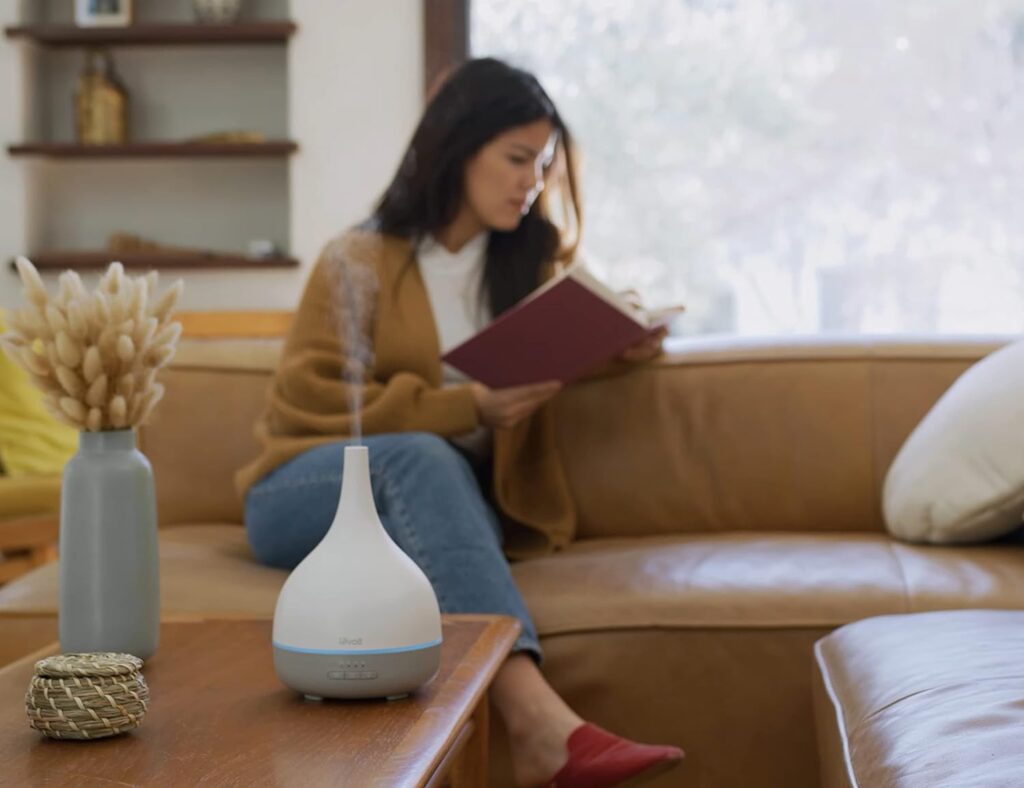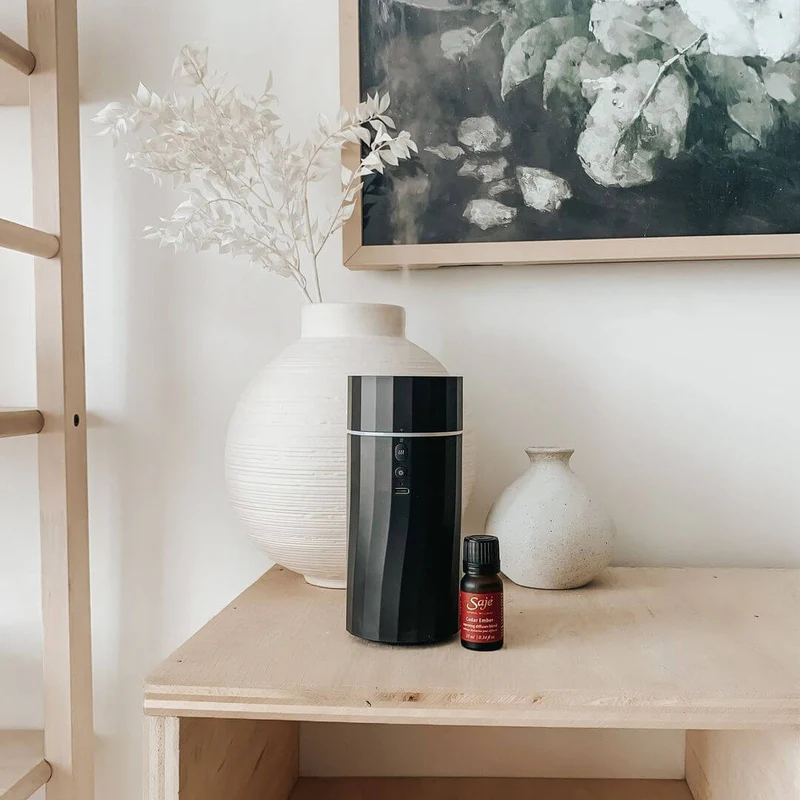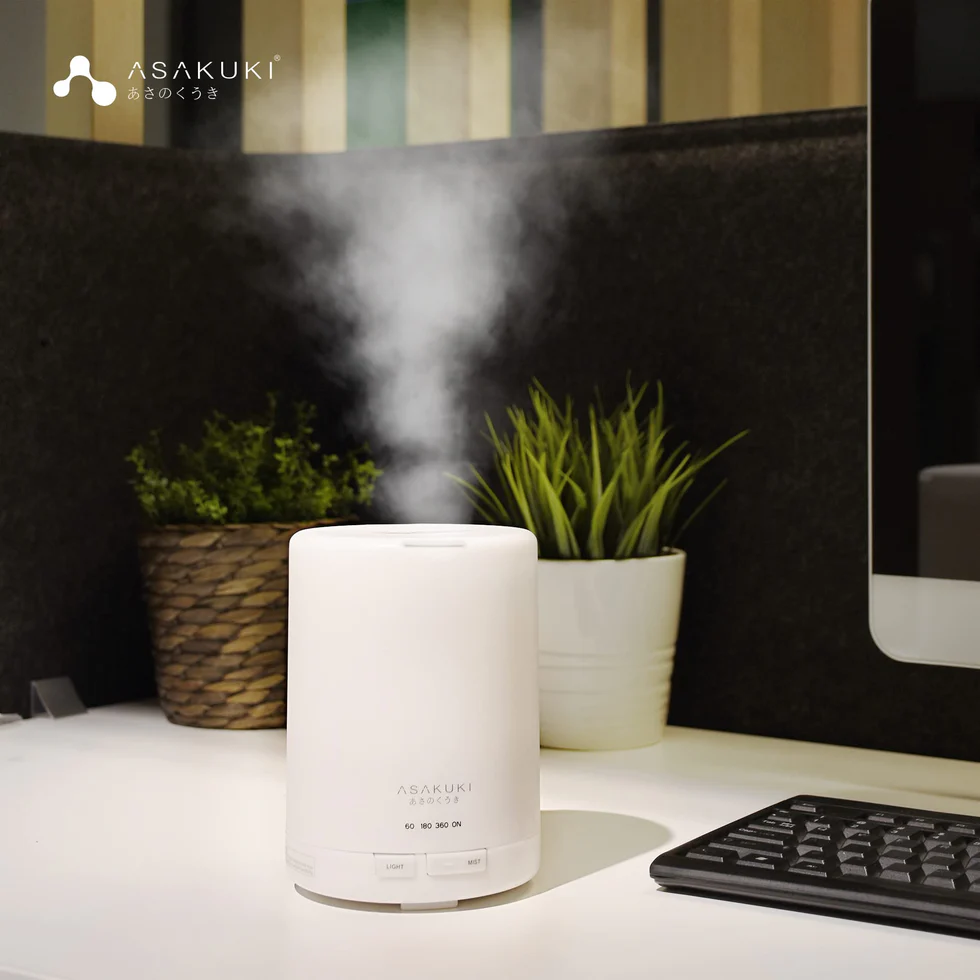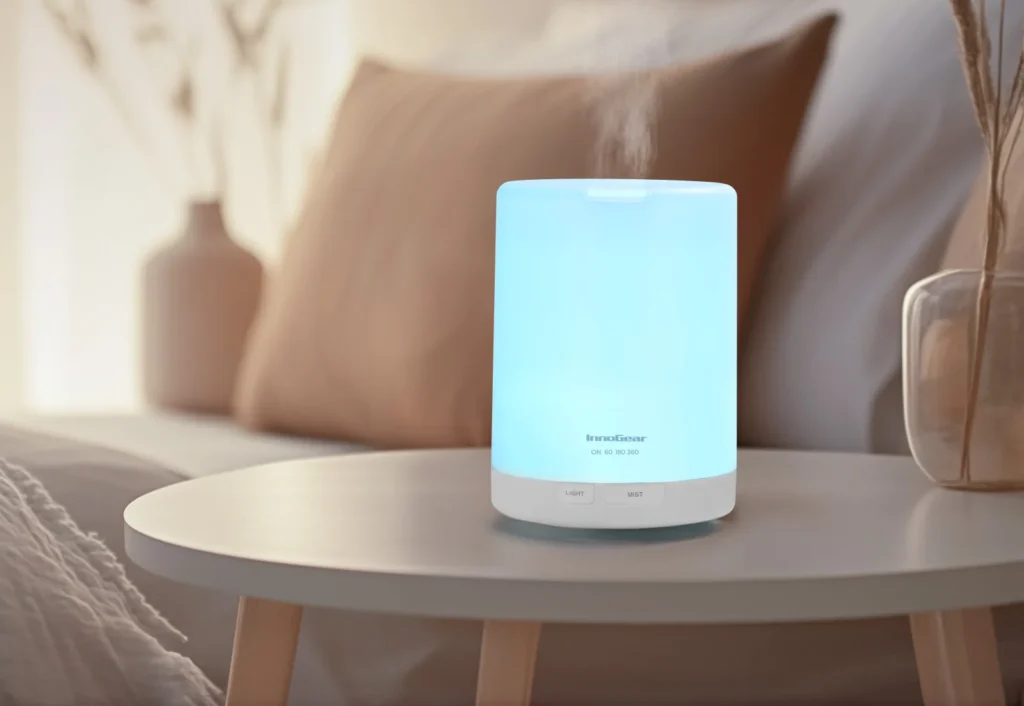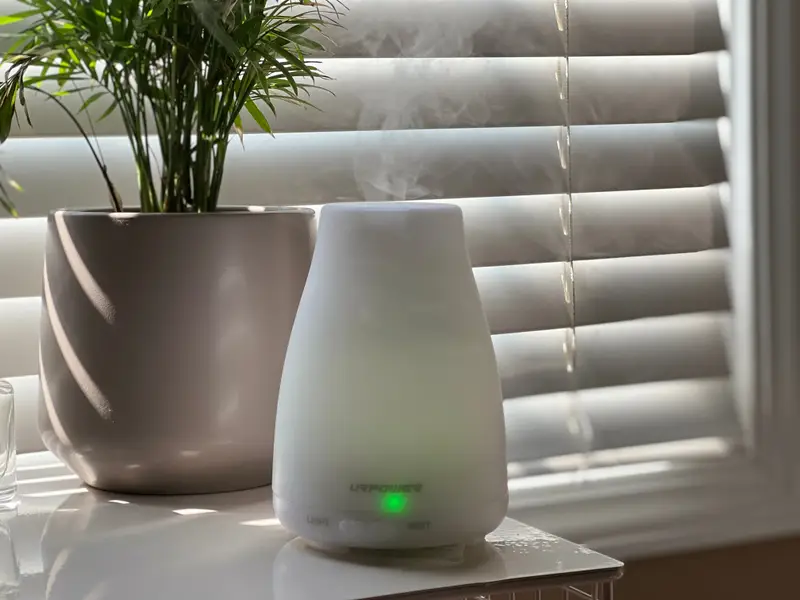dōTERRA has carved out a significant niche in the wellness industry, celebrated for its pure essential oils and a brand image deeply rooted in natural health. Millions worldwide embrace their products, integrating aromatherapy into their daily routines. Yet, amidst the fragrant allure of lavender and peppermint, a fundamental question often arises: while dōTERRA's essential oils are meticulously sourced and bottled, where do their electronic diffusers, the very devices that disperse these precious aromas, actually come from? This seemingly simple query unravels a more complex narrative, one that distinguishes between the company's well-publicized botanical supply chain and the less-discussed manufacturing origins of its hardware. A deep dive into dōTERRA's public statements and global trade data reveals a story of two distinct supply chains—one for its celebrated botanicals and another, less discussed, for its manufactured hardware. This article aims to shed light on this distinction, providing a comprehensive answer to the aromatic question of dōTERRA diffuser origins.
The Official Narrative: A Focus on U.S. Headquarters and Global Botanicals
dōTERRA's corporate identity is firmly anchored in its Pleasant Grove, Utah, headquarters. This sprawling campus serves as the epicenter for the company's operations, frequently described as a hub for oil testing, bottling, and distribution. Similarly, their facility in Cork, Ireland, mirrors these functions for the European market. However, what is conspicuously absent from the official narrative is any mention of electronics manufacturing. The company's "Made in the USA" branding, while prominent, is often highlighted through specific case studies, such as the sourcing of Peppermint oil from the Pacific Northwest, rather than a blanket claim covering all products. The core of dōTERRA's brand story revolves around its "Co-Impact Sourcing®" initiative, a global botanical network that sources raw plant materials from over 45 countries. This narrative, focused on agriculture and distillation, paints a picture of ethical and sustainable sourcing, but it strategically sidesteps the industrial manufacturing processes behind their electronic devices. This selective storytelling, while not false, creates a brand image that is more aligned with nature and artisanal craftsmanship than with the realities of modern electronics production.
| Facility Location | Stated Purpose |
|---|---|
| Pleasant Grove, Utah, USA | Corporate Headquarters, Oil Testing, Bottling, Distribution |
| Cork, Ireland | European Headquarters, Oil Testing, Bottling, Distribution |
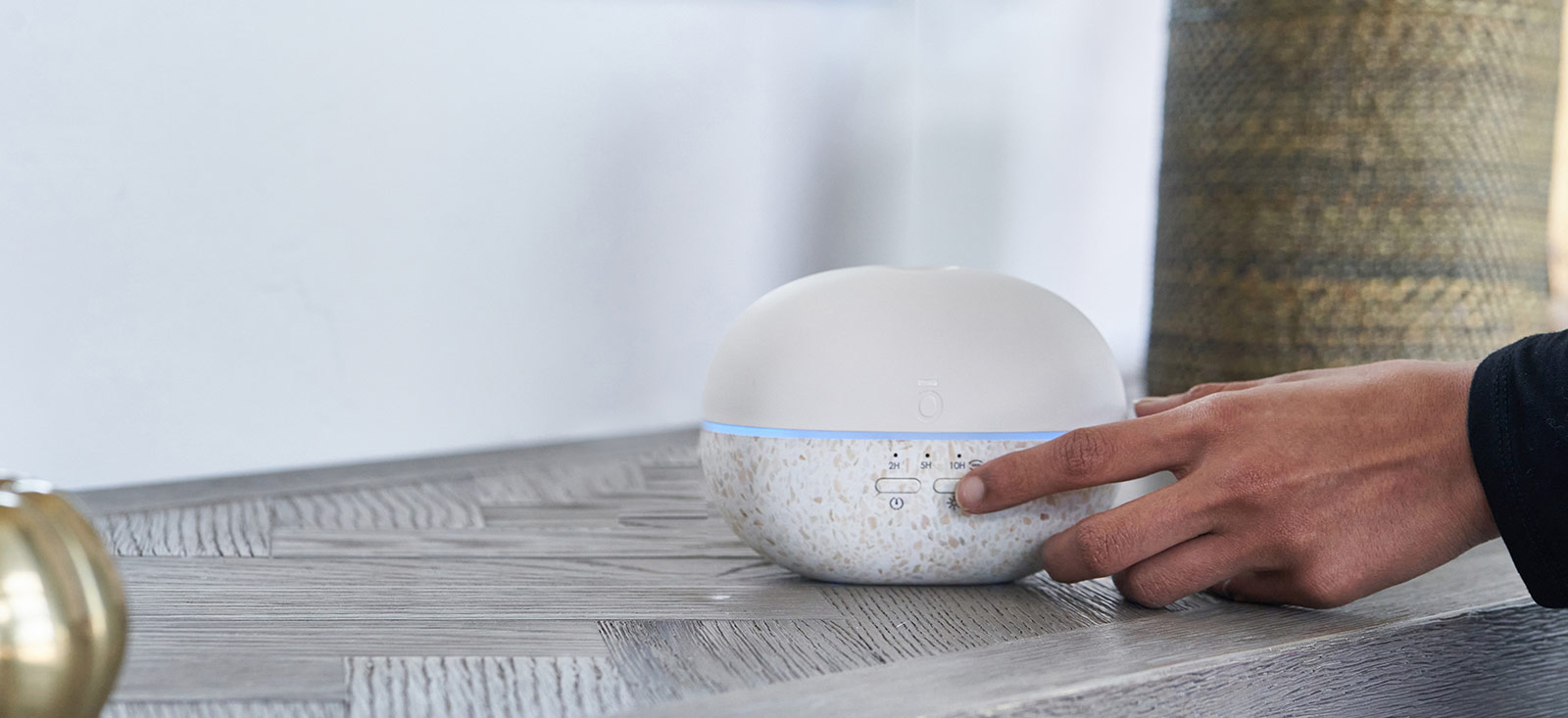
Following the Evidence: The Trail to China
While dōTERRA's public narrative emphasizes its botanical origins and U.S. operations, a closer examination of readily available data points to a different manufacturing reality for its diffusers. The trail begins with initial clues found on third-party e-commerce sites. For instance, platforms like eBay frequently list "China" as the "Country/Region of Manufacture" for dōTERRA diffusers, providing an early indication of their true origin.
However, the most definitive proof comes from U.S. Customs bills of lading. These official import records offer clear, irrefutable evidence of dōTERRA's electronic diffusers being manufactured in China. Shipments consigned to "Doterra Global Limited" from a Chinese shipper, MAJESTIC-M&A INTERNATIONAL CO., LTD, explicitly list products such as the "OCEAN WAVES DIFFUSER" and "WOODED FOREST DIFFUSER" as the cargo. These records are not isolated incidents; other import documents reveal the import of components like "WOODEN BOX" and "PLASTIC TUBE" from various other Chinese suppliers. The top foreign ports of lading for these shipments including major Chinese industrial hubs like Yantian, Shanghai, and Ningb further solidify China's role as the primary manufacturing base for dōTERRA's diffusers.
This manufacturing strategy aligns perfectly with China's established position as a global powerhouse for electronics and aroma diffuser production. The country boasts a vast and sophisticated manufacturing ecosystem, capable of producing high-quality electronic goods at competitive prices. Numerous Chinese suppliers on B2B platforms such as Alibaba and Made-in-China.com openly advertise "Doterra Diffusers" or similar products, often indicating their role as OEM (Original Equipment Manufacturer) or ODM (Original Design Manufacturer) partners. This widespread availability and explicit marketing by Chinese manufacturers underscore the deep integration of dōTERRA's diffuser production within China's industrial landscape.
| Evidence Type | Key Findings |
|---|---|
| Third-Party E-commerce Listings | "China" frequently listed as country of manufacture for dōTERRA diffusers. |
| U.S. Customs Bills of Lading | Direct shipments to "Doterra Global Limited" from Chinese manufacturers (e.g., MAJESTIC-M&A INTERNATIONAL CO., LTD) explicitly listing dōTERRA diffusers. |
| Component Imports | Records of "WOODEN BOX" and "PLASTIC TUBE" from Chinese suppliers. |
| Major Ports of Lading | Shipments originating from Chinese industrial hubs like Yantian, Shanghai, and Ningbo. |
| B2B Supplier Advertisements | Chinese suppliers openly advertising "Doterra Diffusers" or similar products, indicating OEM/ODM partnerships. |

The Strategic Imperative: Why China Makes Business Sense
The decision to manufacture dōTERRA diffusers in China is not merely a matter of convenience; it is a strategic imperative driven by a confluence of economic and logistical advantages. China represents a critical market for dōTERRA, standing as its second-largest market globally, with an ambitious goal to become the number one market by 2030. This market significance naturally leads to a localization strategy, where manufacturing products within China becomes a logical and efficient step to cater to the massive and rapidly expanding Chinese domestic market. By producing diffusers locally, dōTERRA can significantly reduce logistics costs, shorten delivery times, and respond more agilely to local market demands and consumer preferences.
Beyond serving the domestic market, establishing a robust manufacturing partnership in China offers a compelling advantage as a global supply hub. Once a reliable production infrastructure is in place for the Chinese market, it becomes the most cost-effective and efficient hub for supplying other global markets, including the United States. This centralized manufacturing approach allows dōTERRA to leverage economies of scale, benefit from China's mature supply chains for electronic components, and capitalize on competitive manufacturing costs. This strategic decision underscores a common practice in global business: optimizing supply chains to maximize efficiency and market reach, even if it means a divergence from a brand's primary marketing narrative.
| Strategic Advantage | Benefit for dōTERRA |
|---|---|
| Market Access & Localization | Efficiently supply the massive and growing Chinese domestic market, reducing logistics costs and time. |
| Cost-Effectiveness | Leverage competitive manufacturing costs and economies of scale in China's mature electronics supply chain. |
| Global Supply Hub | Once established, the Chinese manufacturing base becomes a cost-effective hub for supplying other global markets, including the U.S. |
| Agility & Responsiveness | Quicker response to market demands and consumer preferences due to localized production. |
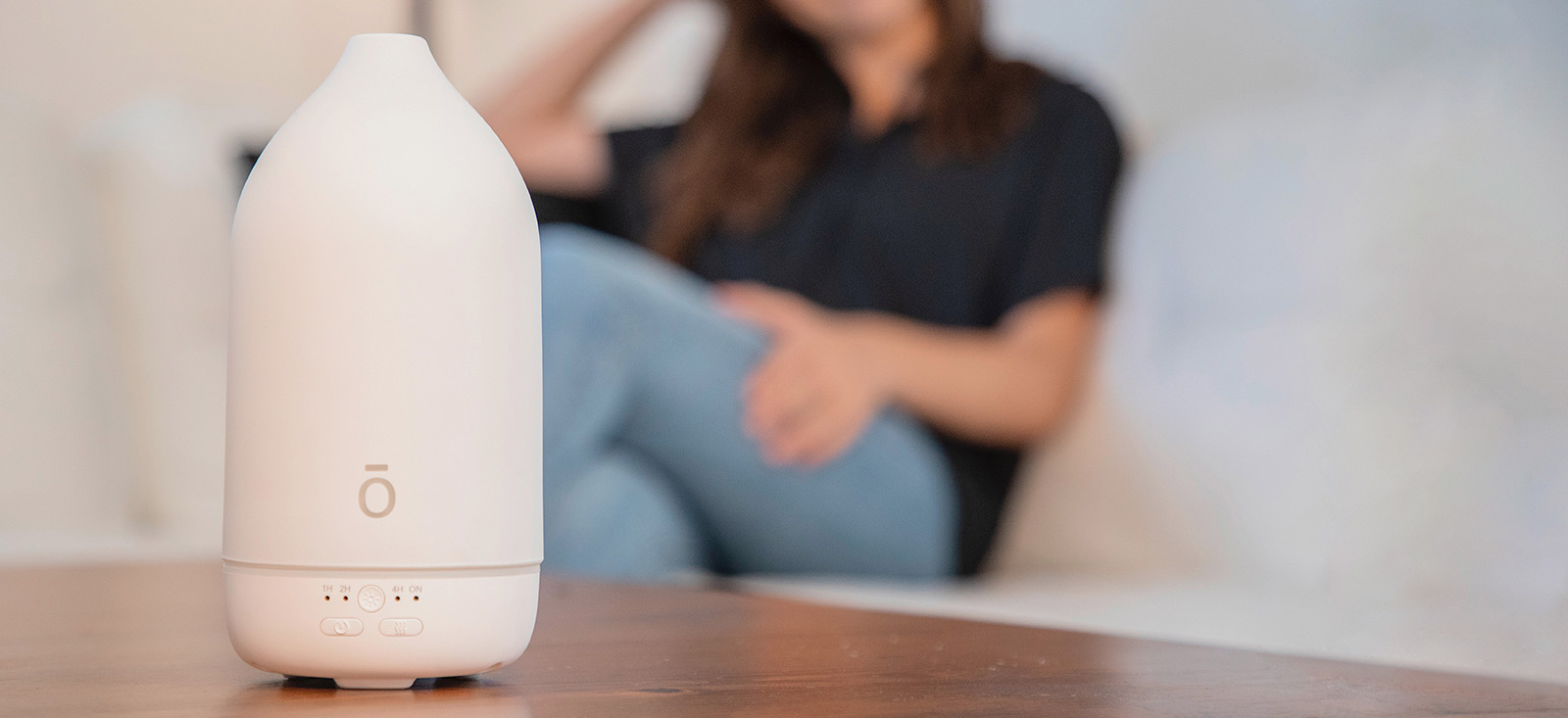
Reconciling the Narrative with Reality: The Clear Answer
The evidence overwhelmingly demonstrates that dōTERRA diffusers are manufactured in China. While dōTERRA's public narrative is not inherently false, it is strategically selective. The company effectively highlights its "natural" and "artisanal" story of botanical sourcing, which resonates strongly with its brand identity and consumer base. This emphasis on the purity and origin of their essential oils naturally overshadows the industrial reality of electronics manufacturing. For many consumers, the origin of a diffuser might seem less significant than the quality of the essential oils it disperses. However, understanding the full supply chain provides a more complete picture of the product's journey from raw materials to the consumer's home.
This case serves as a compelling illustration of a common practice in global business: segmenting supply chain narratives for branding purposes. Companies often choose to emphasize aspects of their production that align best with their marketing messages, while downplaying or omitting details that might complicate that narrative. For consumers, this highlights the importance of looking beyond marketing claims to understand the full story of a product's origin. It encourages a more informed approach to consumption, where transparency in all aspects of the supply chain is valued. Ultimately, while dōTERRA's diffusers may not share the same "Co-Impact Sourcing" story as their essential oils, their Chinese origin is a testament to the globalized nature of modern manufacturing and the strategic decisions companies make to optimize their operations.


